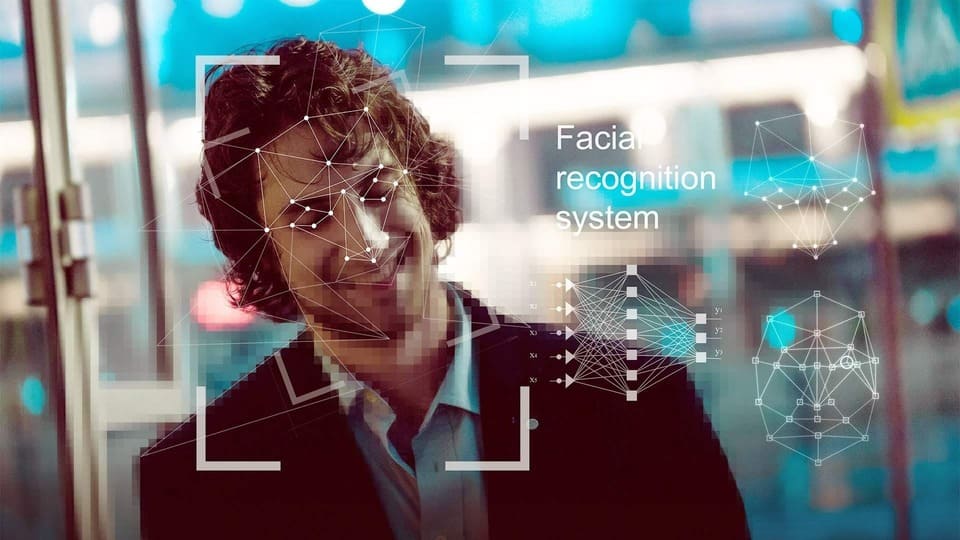Face Recognition System Explained: Definitions and Statistics
- April 10, 2025
- Posted by:
- Category: Articles

The complexity and specificity of the information make it hard to comprehend face recognition systems when researching how they operate. To achieve a proper understanding of facial recognition technology, we need to convey its concept through the simplest explanation possible by incorporating updated statistics together with precise definitions.
Compared to other biometric methods, facial recognition tech offers: A user-friendly design, a cost-effective nature, and the ability to accurately recognize faces without being intrusive. These systems typically operate in two modes: face identification and face recognition. The financial projections require businesses to adopt facial recognition systems due to market growth projections showing a compound annual growth rate (CAGR) of 14.5% from 2020 to 2027 according to Grand View Research.
Face Recognition System Explained
Many people are familiar with Facial Recognition Security Cameras technology through FaceID and iPhones (just one facial recognition application), but there’s much more to it than that.
Face recognition works by matching the faces of people who walk past cameras, matching their facial features and measurements (faceprints) with those stored in memory (from a surveillance camera/social media accounts/specialized memory training).
While facial recognition systems can vary, in general, they tend to work like this:
Step 1: Face Detection
The facial recognition camera detects and identifies an image of a face, either alone or in a crowd, in any situation—some cameras/systems are better than others at capturing people in different motion conditions.
Step 2: Face Analysis
A 2D image of the face is captured, analyzed, and matched with those in a database. The system accurately analyzes the geometry of the face (distance between the eyes, distance from the forehead to the chin, curvature of the jaw, depth of the eye sockets, contour of the lips, ears, chin, etc.)
Step 3: Convert the image to data
Now the analog information (face) is converted into a set of digital information/mathematical formulas (data) so that the system can understand it and provide a digital code (faceprint).
Step 4: Find a match
The faceprint is then compared to a database of faces (for example: a company has a database of its employees and using Face Recognition Access Control technology grants and denies access to the company premises to only those registered with it).
Although early face recognition systems struggled with variations in lighting, angles, and facial expressions. Today’s advanced face recognition systems can recognize faces with remarkable accuracy, even in challenging conditions. Example: There is a 1 in 1,000,000 probability that a random person can unlock someone else’s iPhone using its Face ID feature (Apple Support, 2024).
Facial recognition technology is defined according to the official website of the U.S. Department of Homeland Security as: “Modern security systems use algorithms to identify and authenticate people from digital images or video frames. Facial recognition technology belongs to the same category as different biometric technologies.”
Uses of Face Recognition Systems for Security
This technology is used extensively in many industries and has been adopted by some of the world’s largest companies and organizations. Just as Apple uses facial recognition to help users unlock their phones, British Airways enables facial recognition for passengers heading to the United States (without having to show their passport or stand in line). Other uses for facial recognition systems include:
- Law enforcement: Police use facial recognition to identify suspects in crowds or from surveillance camera footage. Studies show that 56% of Americans trust law enforcement agencies to use facial recognition responsibly to assess threats in public places (Smith, 2020).
- Airport security: Many airports now use facial recognition systems for everything from check-in to boarding. As of 2019, four US airlines have adopted facial recognition technology (Oliver, 2019).
- Retail security: Some stores use this technology to identify known shoplifters as soon as they enter. Using facial recognition in retail stores can reduce violent incidents by 91% (FaceFirst, 2019).
- Bank Security: Some banks have begun using facial recognition to access ATMs and prevent fraud. For example, Seven Bank in Japan recently launched a service that allows account holders to deposit and withdraw cash using facial recognition technology, “Face Cash,” at 26,000 ATMs across the country.
Also you can learn more about: cameras with facial recognition
All in All,
Imagine a person’s life surrounded by face recognition systems, going to work and entering without the need for an ID card or remembering multiple passwords for everything. Withdrawing or depositing money with ease with a glance at the ATM. Finding the receptionists of his favorite hotel waiting for him without any checks and waiting. Skipping those long boring lines at the airport. It’s a life that’s easier and safer for sure.
1 Comment
Comments are closed.

[…] is how Face Recognition Systems enhance security and have become a powerful tool in the security […]